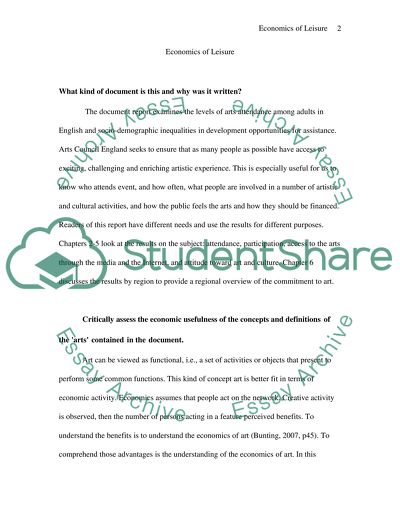Cite this document
(“Economics of leisure Essay Example | Topics and Well Written Essays - 2000 words”, n.d.)
Retrieved from https://studentshare.org/environmental-studies/1417382-economics-of-leisure
Retrieved from https://studentshare.org/environmental-studies/1417382-economics-of-leisure
(Economics of Leisure Essay Example | Topics and Well Written Essays - 2000 Words)
https://studentshare.org/environmental-studies/1417382-economics-of-leisure.
https://studentshare.org/environmental-studies/1417382-economics-of-leisure.
“Economics of Leisure Essay Example | Topics and Well Written Essays - 2000 Words”, n.d. https://studentshare.org/environmental-studies/1417382-economics-of-leisure.


